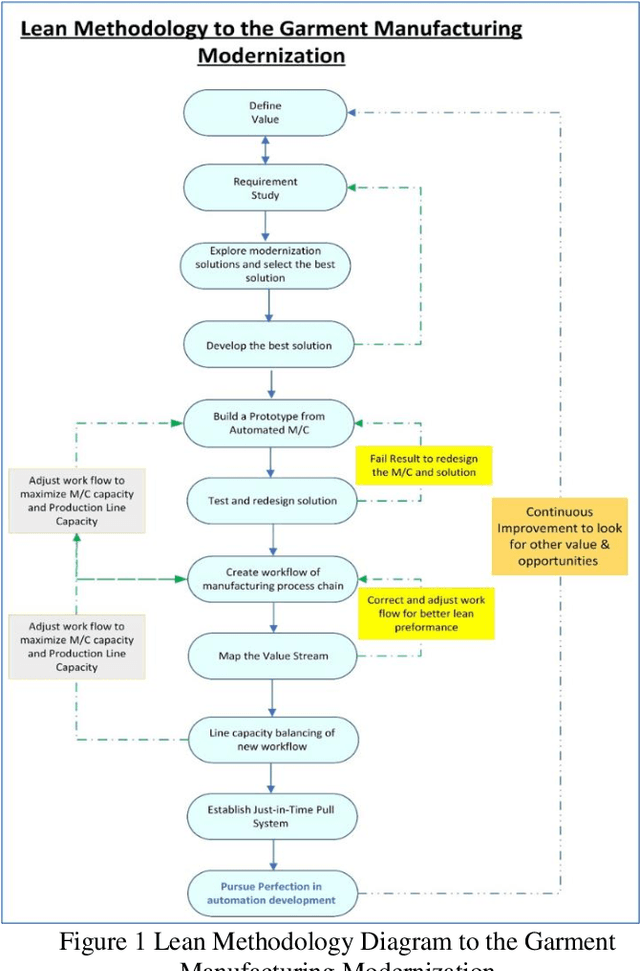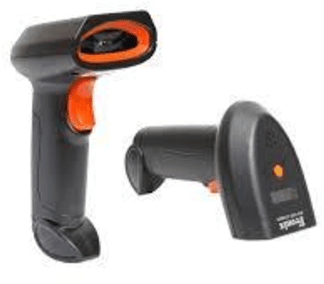Ray Wai Man Kong
Design a New Pulling Gear for the Automated Pant Bottom Hem Sewing Machine
Nov 18, 2024Abstract:Automated machinery design for garment manufacturing is essential for improving productivity, consistency, and quality. This paper focuses on the development of new pulling gear for automated pant bottom hem sewing machines. Traditionally, these machines require manual intervention to guide the bottom hem sewing process, which often leads to inconsistent stitch quality and alignment. While twin-needle sewing machines can create twin lines for the bottom hem, they typically lack sufficient pulling force to adequately handle the fabric of the pants' bottom hem. The innovative design of the pulling gear aims to address this issue by providing the necessary pulling force for the bottom hem of eyelet pants. The research and design discussed in this article seek to solve technical challenges, eliminate the need for skilled manual operators, and enhance overall productivity. This improvement ensures smooth and precise feeding of fabric pieces in the automated twin needle sewing machine, ultimately improving the consistency and quality of the stitching. By integrating this innovation, garment manufacturers can boost productivity, reduce reliance on manual skilful labour, and optimize the output of the production process, thereby reaping the benefits of automation in the garment manufacturing industry.
Lean Methodology for Garment Modernization
Oct 10, 2024



Abstract:Lean Methodology for Garment Modernization. This article presents the lean methodology for modernizing garment manufacturing, focusing on lean thinking, lean practices, automation development, VSM, and CRP, and how to integrate them effectively. While isolated automation of specific operations can improve efficiency and reduce cycle time, it does not necessarily enhance overall garment output and efficiency. To achieve these broader improvements, it is essential to consider the entire production line and process using VSM and CRP to optimize production and center balance. This approach can increase efficiency, and reduce manufacturing costs, labor time, and lead time, ultimately adding value to the company and factory.
Design and Experimental Study of Vacuum Suction Grabbing Technology to Grasp Fabric Piece
Aug 18, 2024Abstract:The primary objective of this study was to design the grabbing technique used to determine the vacuum suction gripper and its design parameters for the pocket welting operation in apparel manufacturing. It presents the application of vacuum suction in grabbing technology, a technique that has revolutionized the handling and manipulation to grasp the various fabric materials in a range of garment industries. Vacuum suction, being non-intrusive and non-invasive, offers several advantages compared to traditional grabbing methods. It is particularly useful in scenarios where soft woven fabric and air-impermeable fabric items need to be handled with utmost care. The paper delves into the working principles of vacuum suction, its various components, and the underlying physics involved. Furthermore, it explores the various applications of vacuum suction in the garment industry into the automation exploration. The paper also highlights the challenges and limitations of vacuum suction technology and suggests potential areas for further research and development.
 Add to Chrome
Add to Chrome Add to Firefox
Add to Firefox Add to Edge
Add to Edge